Home>Articles>Where Is The Evaporator Fan Motor Located In A Refrigerator
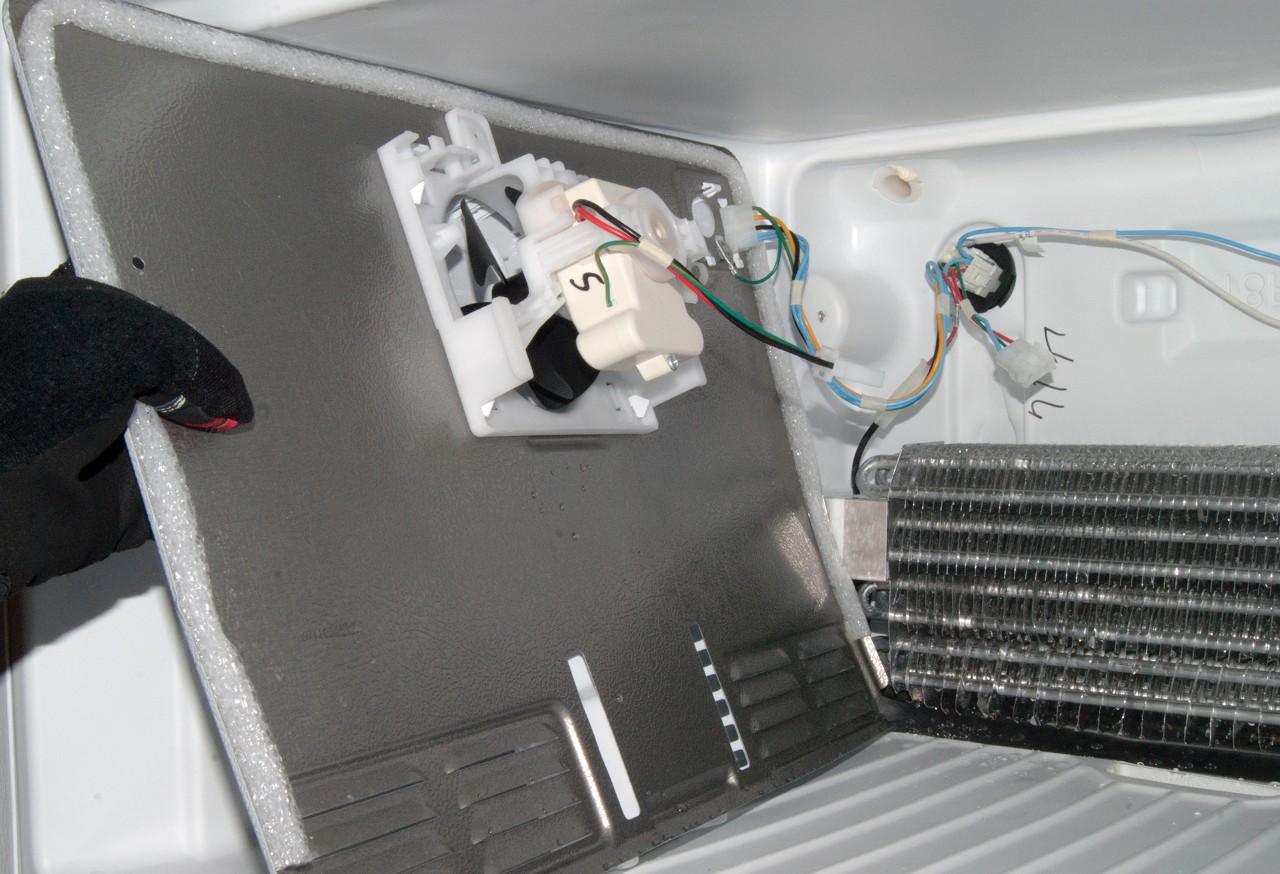

Articles
Where Is The Evaporator Fan Motor Located In A Refrigerator
Modified: May 6, 2024
Learn where the evaporator fan motor is located in a refrigerator with helpful articles to guide you.
(Many of the links in this article redirect to a specific reviewed product. Your purchase of these products through affiliate links helps to generate commission for Storables.com, at no extra cost. Learn more)
Introduction
Refrigerators are an essential appliance in every household, keeping our food fresh and cool. But have you ever wondered how they actually work? Behind the scenes, a complex system of components is responsible for maintaining the optimal temperature inside the fridge, and one such critical component is the evaporator fan motor.
In this article, we will explore the importance of the evaporator fan motor in a refrigerator, its location within the appliance, and how to troubleshoot common issues associated with it.
So, let’s dive in and unravel the mystery surrounding this crucial component of our refrigerators.
Key Takeaways:
- The evaporator fan motor is a crucial component in a refrigerator, responsible for maintaining consistent temperatures, preventing frost buildup, and preserving food quality. Regular maintenance and prompt action on signs of malfunction are essential for optimal cooling performance.
- Understanding the location, function, and troubleshooting techniques for the evaporator fan motor can help ensure the efficient operation of your refrigerator. Promptly addressing any signs of malfunction and seeking professional assistance when needed are key to maintaining the appliance’s performance and longevity.
Read more: Where Is The HVAC Blower Motor Located
What is an evaporator fan motor?
The evaporator fan motor is a vital part of the refrigeration system in a refrigerator. It is responsible for circulating the air and distributing cool air throughout the appliance, ensuring that all compartments are consistently cooled. This fan motor is typically located within the freezer compartment of the refrigerator.
The evaporator fan motor works in tandem with the evaporator coils, which contain a refrigerant that absorbs heat from the inside of the fridge, causing the air temperature to decrease. As the warm air from the refrigerator enters the evaporator coils, the refrigerant absorbs the heat and gets converted into a low-pressure gas. This gas is then circulated back to the compressor where it is compressed and turned into a high-pressure liquid, starting the cooling cycle over again.
The role of the evaporator fan motor is to blow air over the evaporator coils, assisting in the heat exchange process. By continuously circulating the cold air, the fan motor helps maintain a consistent temperature inside the refrigerator, preventing hot spots and ensuring that all items are evenly cooled.
Without the evaporator fan motor, the cooling process in the refrigerator would be compromised, and the interior temperature would rise, leading to food spoilage and potential health hazards.
In addition to its cooling function, the evaporator fan motor also plays a crucial role in preventing frost buildup inside the freezer compartment. By continuously circulating cold air, it helps regulate the humidity levels and minimize frost formation on the evaporator coils.
Now that we understand the significance of the evaporator fan motor, let’s explore its location within the refrigerator.
Importance of the evaporator fan motor in a refrigerator
The evaporator fan motor plays a crucial role in maintaining the overall functionality and efficiency of a refrigerator. Its importance can be highlighted in several key aspects:
- Cooling efficiency: The evaporator fan motor ensures that the cool air is evenly distributed throughout the refrigerator. By continuously circulating the cold air over the evaporator coils and throughout the compartments, it helps maintain a consistent and optimal temperature. This prevents the formation of hot spots and ensures that all food items are properly cooled, extending their shelf life.
- Frost prevention: Frost buildup on the evaporator coils can inhibit the cooling process and reduce the efficiency of the refrigerator. The evaporator fan motor plays a vital role in minimizing frost formation by circulating cold air and regulating the humidity levels inside the freezer compartment. This helps to prevent excessive frost buildup and ensures better cooling performance.
- Food preservation: The even distribution of cool air provided by the evaporator fan motor helps in preserving the freshness and quality of food items. It prevents temperature fluctuations and creates a stable environment, reducing the risk of bacteria growth and food spoilage.
- Energy efficiency: Proper air circulation facilitated by the evaporator fan motor reduces the workload on the compressor. When the cool air is efficiently distributed, the compressor does not need to work as hard to maintain the desired temperature. This results in energy savings and prolongs the lifespan of the appliance.
- Noise reduction: The evaporator fan motor operates quietly and efficiently, ensuring that the refrigerator runs smoothly without generating excessive noise. This enhances the overall user experience, making it more convenient and enjoyable to use the appliance.
In summary, the evaporator fan motor is vital for maintaining the cooling efficiency and performance of a refrigerator. It ensures even distribution of cold air, prevents frost buildup, preserves food quality, promotes energy efficiency, and reduces operating noise. Understanding the importance of this component helps us appreciate its role in keeping our food fresh and our refrigerators running smoothly.
Understanding the cooling process in a refrigerator
Have you ever wondered how your refrigerator keeps your food cool and fresh? Understanding the cooling process in a refrigerator involves exploring the interplay of several components, including the evaporator fan motor. Here’s a breakdown of the process:
- Compressor: The cooling process begins with the compressor, which is typically located at the back of the refrigerator. The compressor compresses a refrigerant gas, typically freon, which raises its temperature.
- Condenser coils: The compressed refrigerant gas then flows into the condenser coils, which are located near the compressor. The condenser coils dissipate the heat from the compressed gas, causing it to condense into a high-pressure liquid.
- Expansion valve: The high-pressure liquid refrigerant flows into the expansion valve, which acts as a throttle. The expansion valve reduces the pressure of the liquid, causing it to expand rapidly and vaporize. This process extracts heat from the surrounding environment, making the area around the expansion valve cold.
- Evaporator coils: The now cooled and vaporized refrigerant enters the evaporator coils, which are located in the freezer compartment. The evaporator coils absorb heat from the interior of the refrigerator, causing the air to cool down.
- Evaporator fan motor: To enhance the cooling process, the evaporator fan motor comes into action. It circulates the cold air generated by the evaporator coils throughout the refrigerator, ensuring an even distribution of cool air and preventing hot spots. This ensures that all food items are properly cooled and preserved.
- Thermostat: The thermostat monitors the temperature inside the refrigerator. When the temperature rises above the desired level, it signals the compressor to start the cooling cycle again.
This continuous cycle of compressor compression, heat dissipation, expansion, and absorption of heat by the evaporator coils, aided by the evaporator fan motor, allows the refrigerator to maintain an optimal and consistent temperature, preserving the freshness of food items.
Understanding the cooling process in a refrigerator helps us appreciate the intricate workings of the appliance and the vital role of the evaporator fan motor in maintaining the desired temperature and ensuring efficient cooling performance.
Location of the evaporator fan motor in a refrigerator
The evaporator fan motor is typically located inside the freezer compartment of a refrigerator. It is usually positioned near the evaporator coils or on the back wall of the freezer.
In most refrigerators, the freezer is located at the top or bottom of the appliance. For top-freezer refrigerators, the evaporator fan motor is often situated towards the back of the freezer compartment. It is strategically placed to blow cold air over the evaporator coils and circulate it throughout the freezer and refrigerator compartments.
In bottom-freezer refrigerators, the evaporator fan motor can be found at the back of the freezer compartment, near the evaporator coils. Some models may also have additional fans in the refrigerator compartment to ensure proper air circulation.
The location of the evaporator fan motor may vary slightly depending on the specific refrigerator model and brand. To locate it, you can open the freezer compartment and inspect the back wall or the area behind the freezer shelves. In some cases, you may need to remove the freezer panel to access the evaporator fan motor.
It’s important to note that the evaporator fan motor is connected to the electrical system of the refrigerator. Therefore, if you need to access or replace the fan motor, it is recommended to disconnect the power supply to the appliance to avoid any electrical mishaps.
Now that we know where the evaporator fan motor is located in a refrigerator, let’s explore the process of removing and replacing it, should the need arise.
The evaporator fan motor is typically located behind the back panel in the freezer compartment of a refrigerator. It circulates air over the evaporator coils to help maintain the proper temperature inside the unit. If you suspect a problem with the fan motor, it’s important to have it checked and replaced if necessary to ensure proper cooling.
Removing and replacing the evaporator fan motor
If you’re experiencing issues with your refrigerator’s cooling performance or suspect a faulty evaporator fan motor, you may need to remove and replace the motor. Here are the general steps to follow:
- Disconnect power: Before performing any maintenance or repairs, it’s important to disconnect the power supply to the refrigerator. Unplug the appliance from the electrical outlet or turn off the circuit breaker that supplies power to the refrigerator.
- Access the evaporator fan motor: In most cases, the evaporator fan motor is located inside the freezer compartment, either at the back wall or near the evaporator coils. Remove any shelves or panels that may obstruct your access to the motor.
- Disconnect wiring harness: The evaporator fan motor is connected to the refrigerator’s electrical system through a wiring harness. Carefully disconnect the wiring harness from the motor. Take note of the wire connections or take a picture for reference when reconnecting the new motor later.
- Remove mounting screws or brackets: The fan motor is secured to the freezer compartment with mounting screws or brackets. Use a screwdriver or the appropriate tool to remove the screws or brackets, carefully detaching the motor from its position.
- Replace with a new motor: Once you have removed the old evaporator fan motor, it’s time to install a new one. Position the new motor in the same spot and secure it with the mounting screws or brackets.
- Connect wiring harness: Reconnect the wiring harness to the new evaporator fan motor. Ensure that the wire connections match the original configuration or refer to the picture you took for reference.
- Reassemble the freezer compartment: Put back any shelves or panels that were removed to access the evaporator fan motor. Ensure that everything is properly secured.
- Restore power: Once you have completed the replacement, plug the refrigerator back into the electrical outlet or turn on the circuit breaker to restore power.
- Test the new motor: Turn on the refrigerator and listen for the sound of the new evaporator fan motor running. Make sure that cold air is being circulated properly and that the cooling performance has improved.
If you’re uncomfortable with performing the replacement yourself or if your refrigerator is still under warranty, it’s recommended to contact a professional technician to handle the task. They have the expertise and tools to ensure a proper installation and minimize the risk of any damage to the refrigerator.
Now that we’ve covered the process of removing and replacing the evaporator fan motor, let’s move on to discuss some common signs of a faulty motor.
Common signs of a faulty evaporator fan motor
The evaporator fan motor is a critical component in the proper functioning of your refrigerator. When this motor begins to malfunction or fail, it can lead to various issues with the cooling performance and overall operation of the appliance. Here are some common signs that indicate a faulty evaporator fan motor:
- Lack of cooling: One of the primary functions of the evaporator fan motor is to circulate cold air throughout the refrigerator. If you notice that your refrigerator is not cooling as it should or if certain areas have inconsistent temperatures, it could be a sign of a malfunctioning fan motor.
- Loud or unusual noises: A faulty or worn-out evaporator fan motor can produce strange noises, such as squealing, grinding, or rattling sounds. These noises may occur when the motor is struggling to function properly. If you hear any unusual noises coming from your refrigerator, it’s worth investigating the fan motor as a possible cause.
- Frost buildup: The evaporator fan motor helps regulate the humidity levels in the freezer compartment, preventing excessive frost buildup on the evaporator coils. If you notice an unusual amount of frost accumulation, especially if it’s affecting the airflow or blocking vents, it could be due to a malfunctioning fan motor that is unable to circulate cold air effectively.
- Intermittent or erratic cooling: If your refrigerator experiences intermittent or inconsistent cooling, where the temperature fluctuates unpredictably, it could be a sign of a faulty evaporator fan motor. This can cause certain areas of the refrigerator to become colder than others, leading to spoiled or frozen food in some sections.
- Freezer not defrosting: The evaporator fan motor is essential in the defrosting process of the freezer. If the motor is not working correctly, it can prevent the freezer from properly defrosting. This can result in ice buildup and reduced cooling efficiency.
- Motor not running: If you observe that the evaporator fan motor is not running at all, it is a clear indication of a problem. This can be due to a faulty motor or issues with the power supply or wiring connection. In such cases, the motor may need to be replaced.
If you notice any of these signs, it’s important to address the issue promptly to prevent further damage to your refrigerator and to ensure the proper cooling of your food items. Consult the manufacturer’s guidelines or seek the assistance of a professional technician to diagnose and resolve the problem.
Now that we’ve discussed the signs of a faulty evaporator fan motor, let’s explore some troubleshooting techniques for common issues with this component.
Troubleshooting issues with the evaporator fan motor
If you’re experiencing issues with the evaporator fan motor in your refrigerator, there are several troubleshooting steps you can take to identify and potentially resolve the problem. Here are some common issues and their respective troubleshooting techniques:
- Noise or vibration: If the fan motor is producing excessive noise or vibration, it may be due to a loose or worn-out fan blade. Inspect the fan blade for any damage or looseness. Tighten any loose screws or replace the blade if necessary.
- Fan motor not running: If the fan motor is not running at all, first check the power supply. Ensure that the refrigerator is properly connected to a functioning electrical outlet. If the power supply is not the issue, inspect the wiring connections and check for any loose or damaged wires. If necessary, replace the wiring harness or contact a professional technician for assistance.
- Frost buildup on the evaporator coils: If you notice excessive frost accumulation on the evaporator coils, it can hinder the airflow and cooling performance. The fan motor may be struggling to circulate cold air due to the frost buildup. Check the defrost timer and thermostat to ensure they are functioning correctly. If they are functioning properly, manually defrost the freezer by turning off the refrigerator and leaving the freezer compartment open until the frost melts. Once the coils are completely defrosted, restart the refrigerator and monitor for any improvement.
- Clogged or obstructed airflow: Inspect the vents and air ducts to ensure they are not blocked by any food items or debris. Clear any obstructions to allow proper airflow. Additionally, check the fan blades for any dirt or debris that may be hindering their movement. Clean the fan blades if necessary to improve airflow and cooling efficiency.
- Inconsistent cooling: If certain areas of the refrigerator are not cooling properly, it could be due to obstructed airflow or improper temperature settings. Ensure that the vents are not blocked and that the temperature settings are correctly adjusted. If the issue persists, it may indicate a problem with the fan motor’s speed control or the control board. Contact a professional technician for further diagnosis and repair.
It’s important to note that troubleshooting and repairing the evaporator fan motor may require some technical expertise. If you’re unsure or uncomfortable with performing these troubleshooting steps, it’s recommended to seek the assistance of a professional technician. They have the knowledge and tools required to diagnose and fix any issues with the evaporator fan motor.
By following these troubleshooting techniques, you may be able to identify and resolve common issues with the evaporator fan motor, helping restore proper cooling performance to your refrigerator.
Now that we’ve discussed troubleshooting techniques, let’s summarize the key points of this article.
Conclusion
The evaporator fan motor is a critical component in the cooling system of a refrigerator. It plays a vital role in circulating cold air, maintaining consistent temperatures, and preventing frost buildup. When the evaporator fan motor malfunctions, it can lead to issues such as inadequate cooling, frost accumulation, and inconsistent temperature distribution.
In this article, we explored the importance of the evaporator fan motor in a refrigerator and its role in the cooling process. We discussed its location within the appliance and the steps involved in removing and replacing the motor. Additionally, we highlighted common signs of a faulty evaporator fan motor and provided troubleshooting techniques to help diagnose and resolve issues.
It’s important to remember that if you encounter any issues with your evaporator fan motor or if you’re unsure about performing repairs, it’s always best to consult the manufacturer’s guidelines or seek the assistance of a professional technician. They have the expertise to accurately diagnose and address any problems with the fan motor or other components of your refrigerator.
By understanding the significance of the evaporator fan motor and its proper functioning, you can ensure optimal cooling performance and preserve the freshness of your food items. Regular maintenance, such as cleaning the fan blades and checking for obstructions, can also help prolong the lifespan of the motor and the overall efficiency of your refrigerator.
So, if you ever notice any signs of a faulty evaporator fan motor, take action promptly to prevent further damage and ensure your refrigerator continues to operate at its best. With proper care and attention, your refrigerator will reliably keep your food fresh and cool for years to come.
Now that you've got the scoop on locating and handling the evaporator fan motor, why stop there? If your fridge is acting up, don't fret about costly service fees. Our next guide on refrigerator repair walks you through common issues and simple fixes that can save you time and money. Whether you're dealing with strange noises or a unit that's not cooling properly, this article has got your back. So, grab your tools and let’s get that fridge running like new again!
Frequently Asked Questions about Where Is The Evaporator Fan Motor Located In A Refrigerator
Was this page helpful?
At Storables.com, we guarantee accurate and reliable information. Our content, validated by Expert Board Contributors, is crafted following stringent Editorial Policies. We're committed to providing you with well-researched, expert-backed insights for all your informational needs.
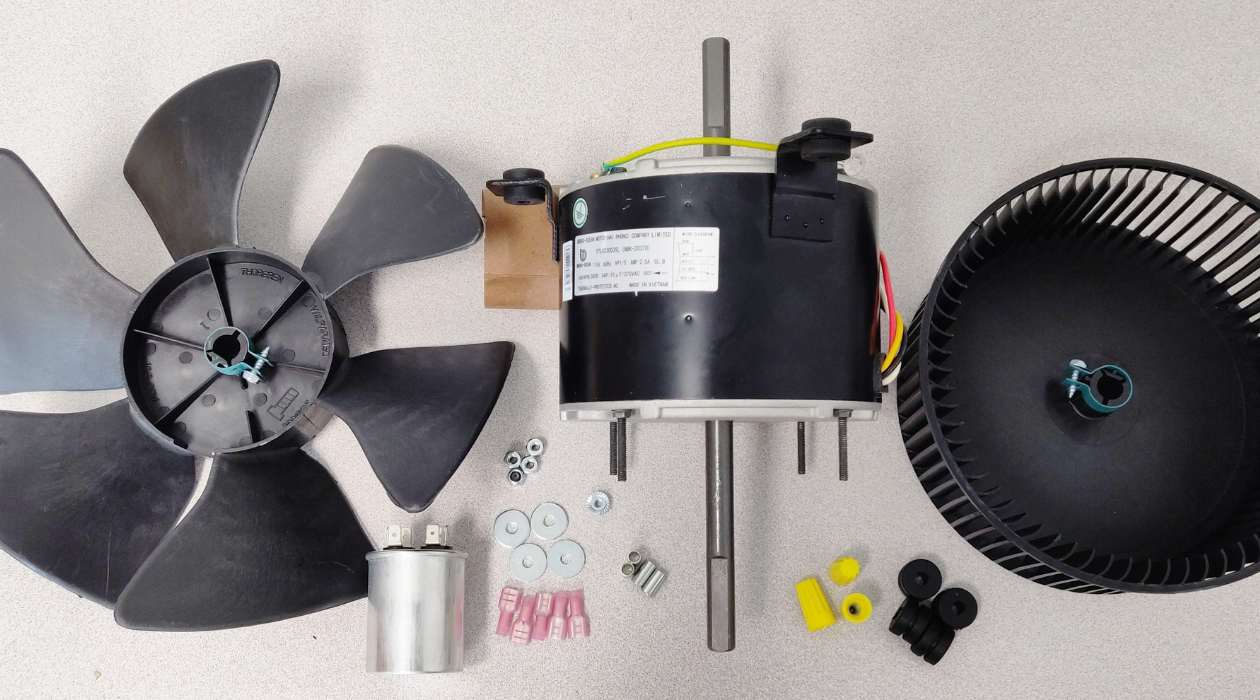
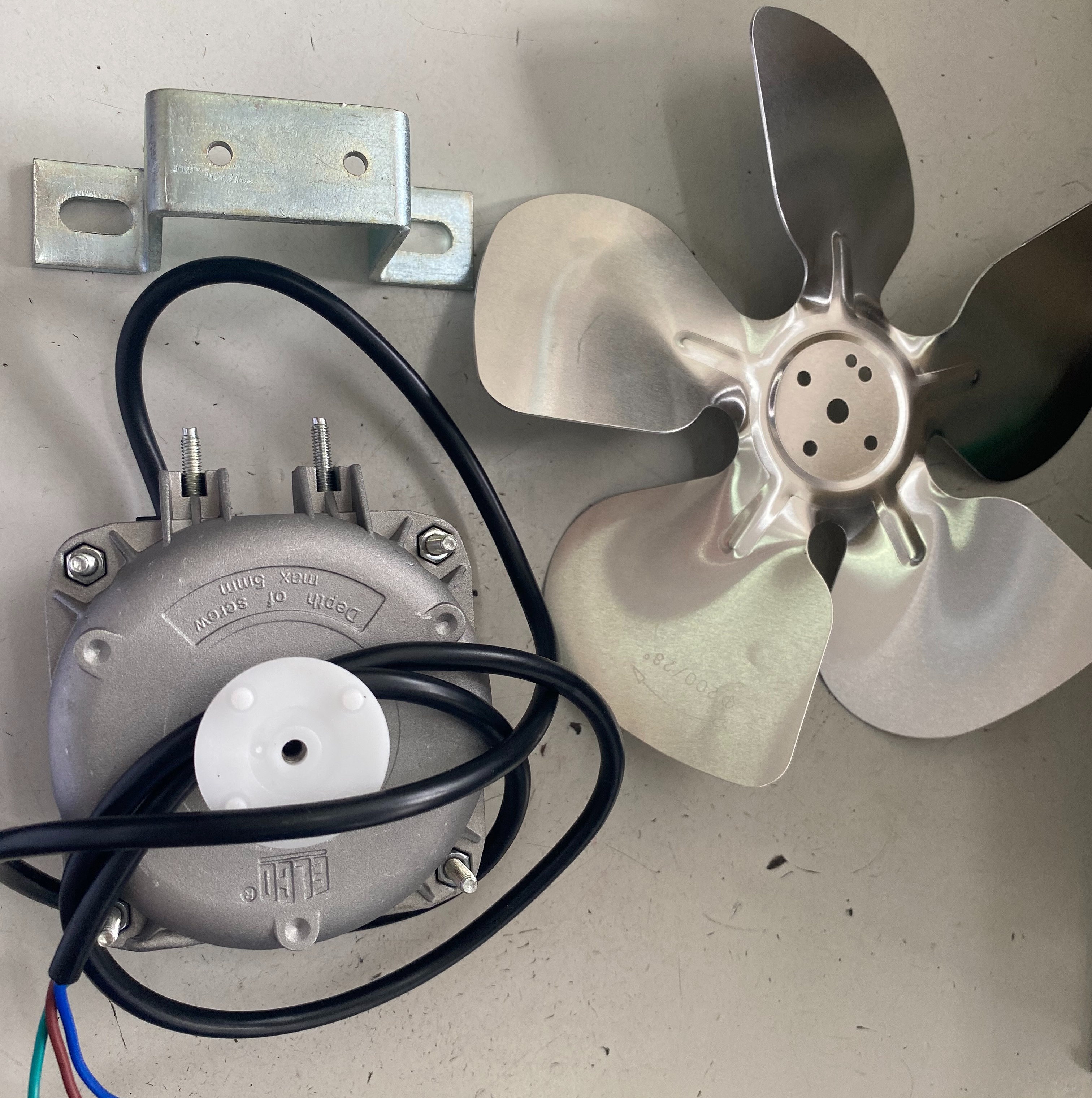
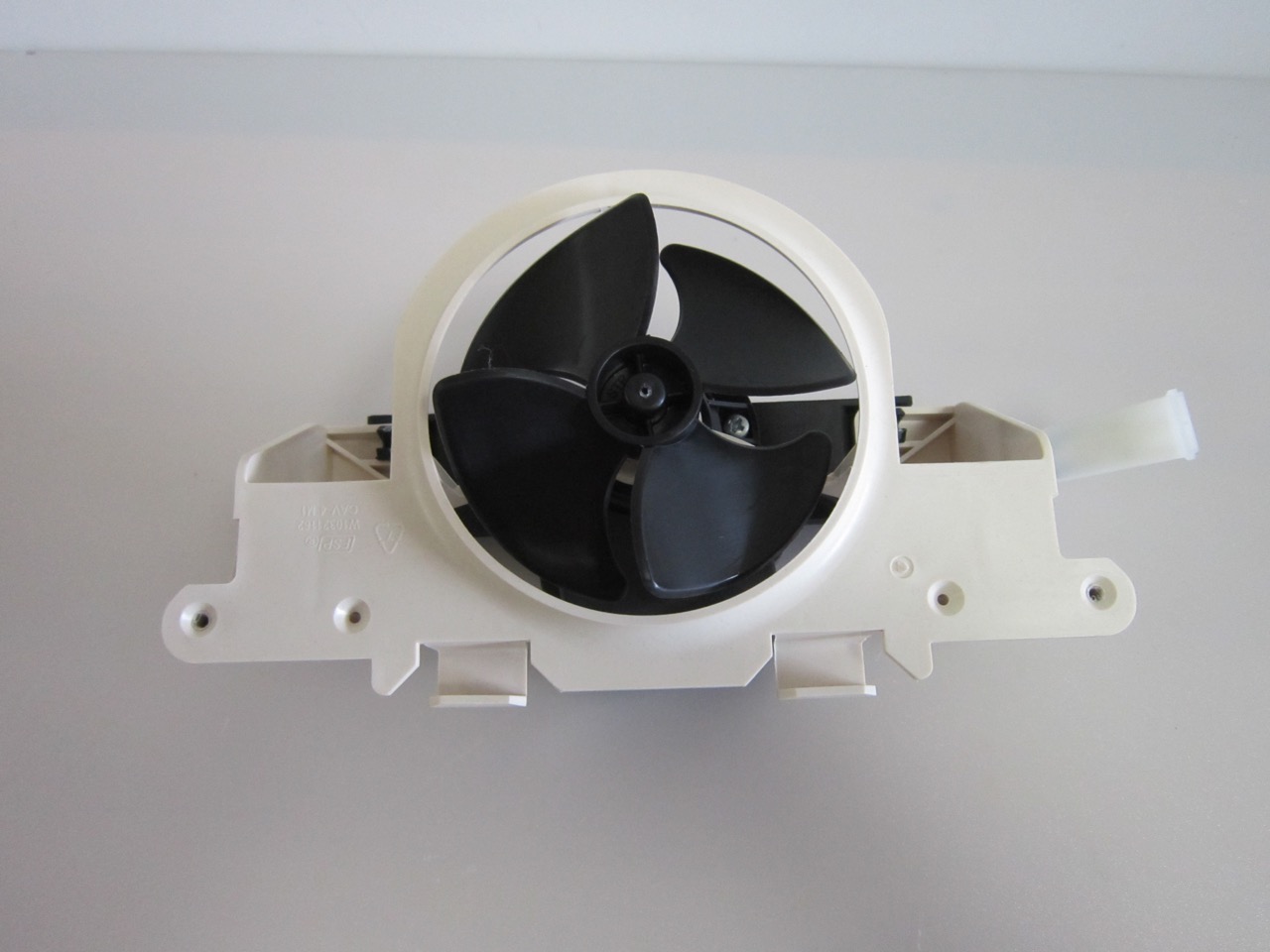

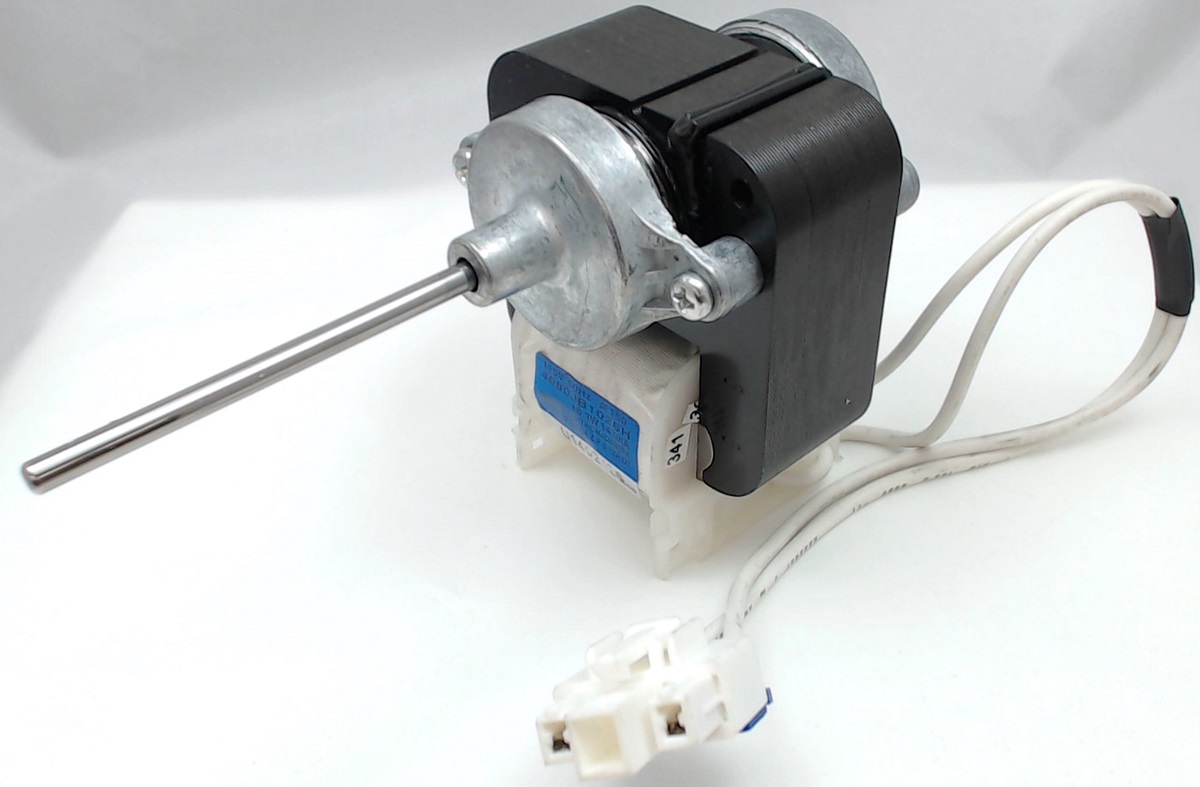
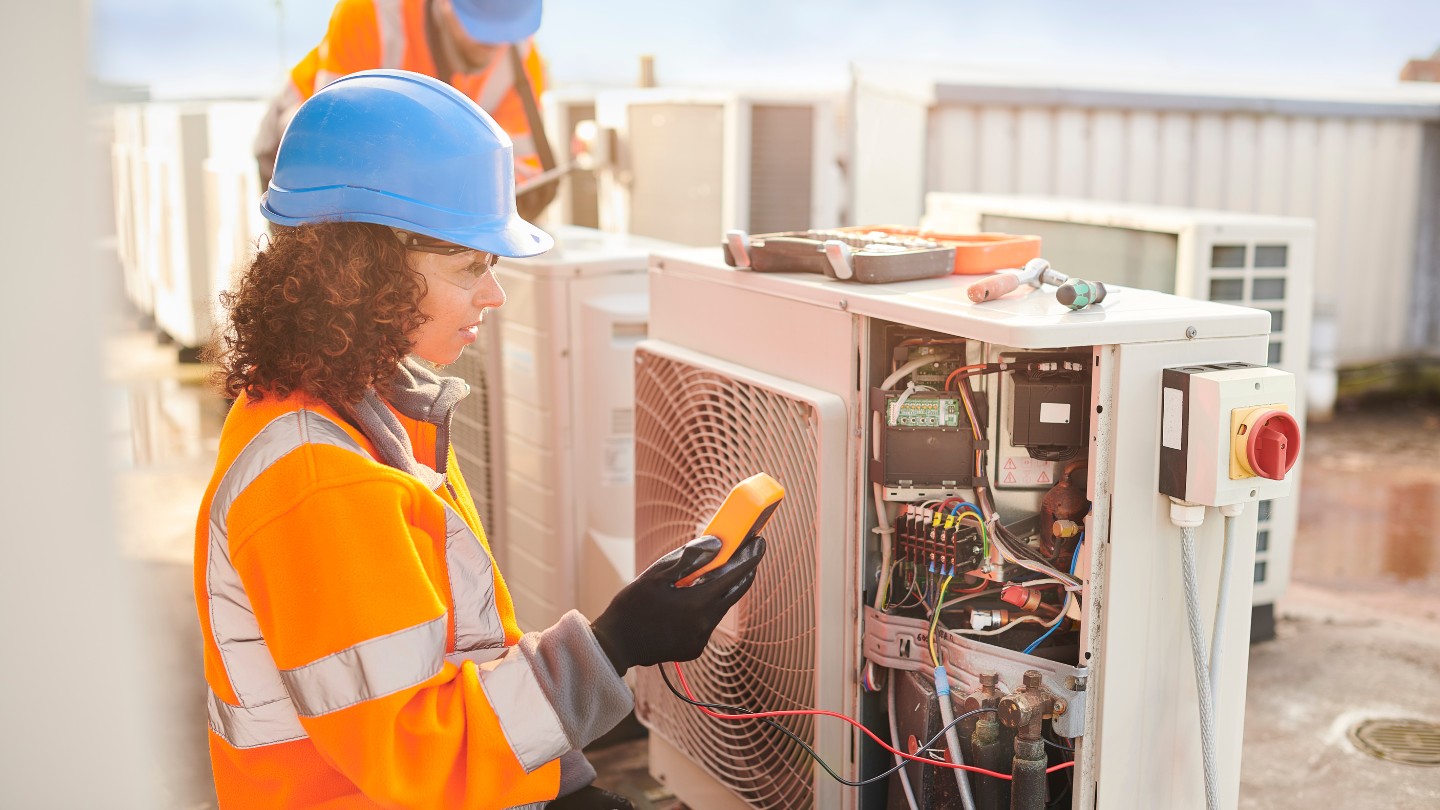
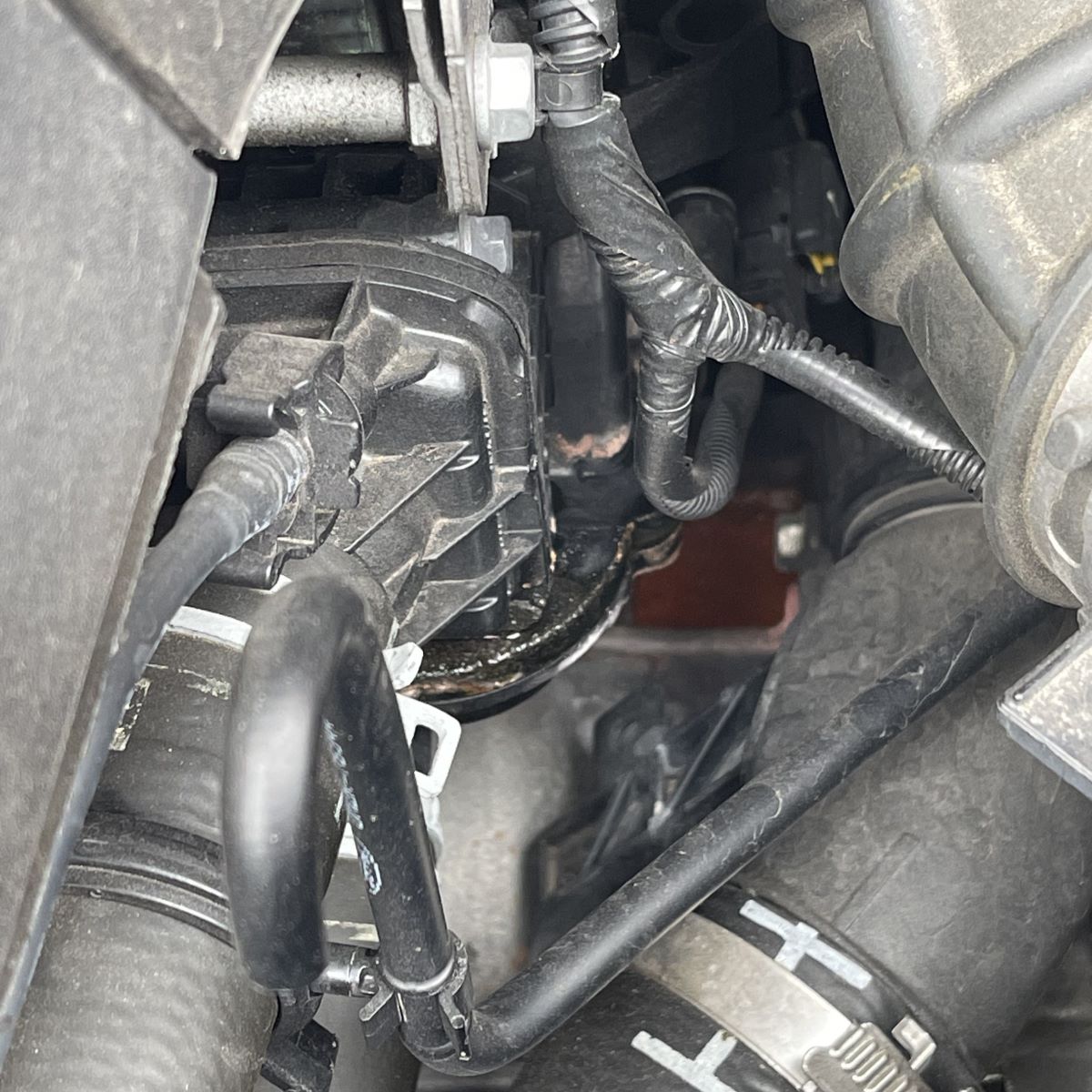
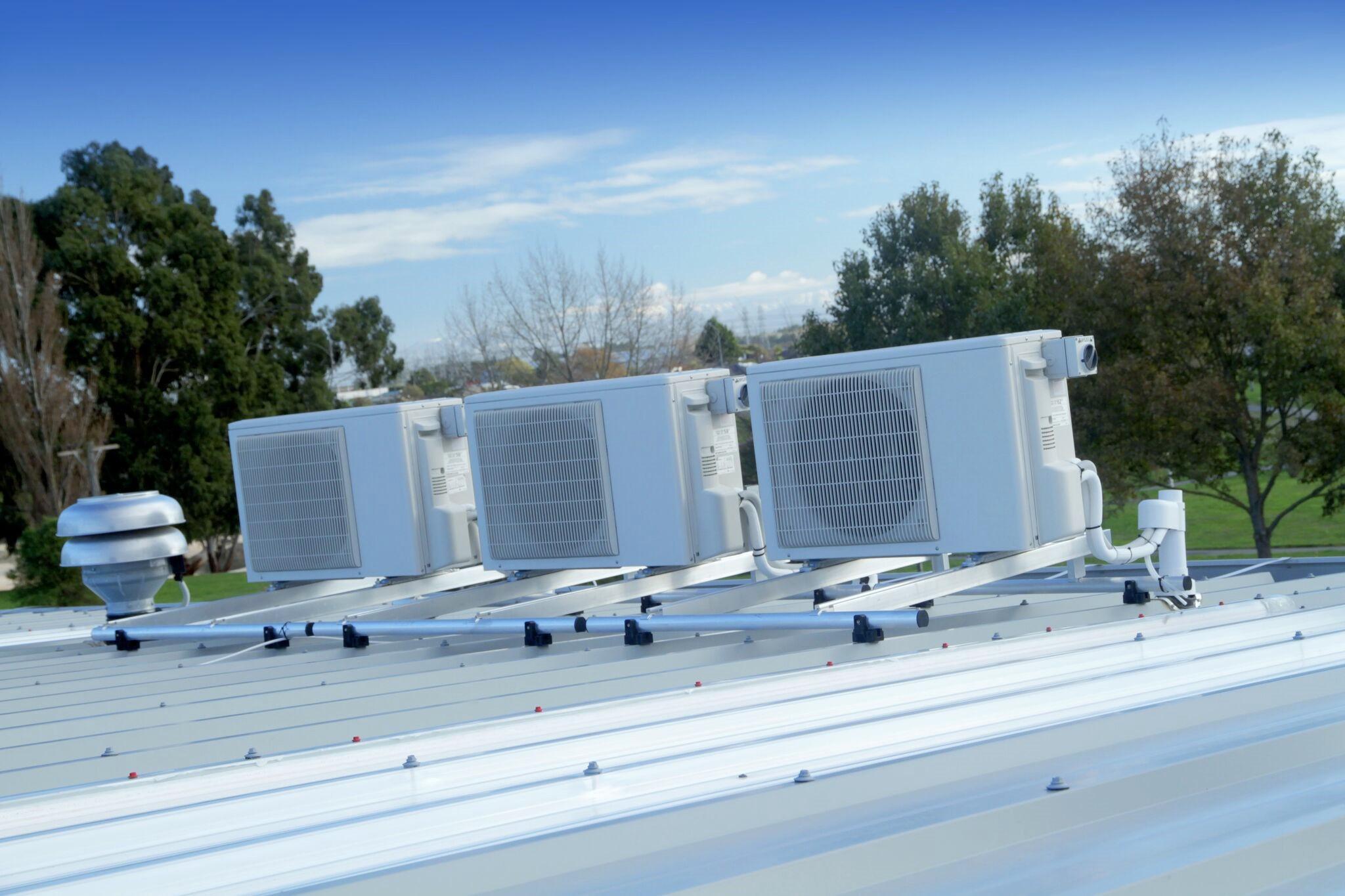
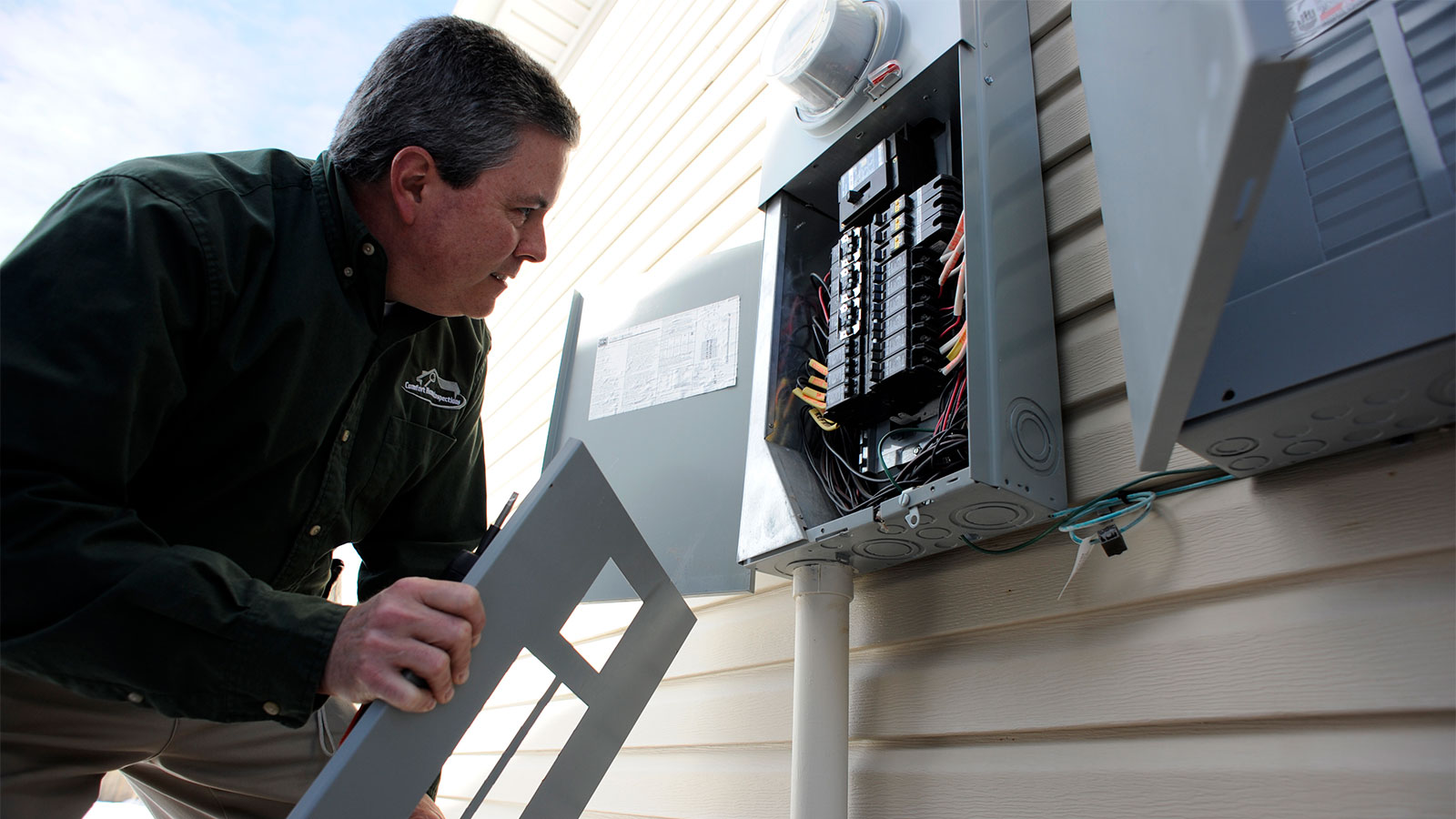
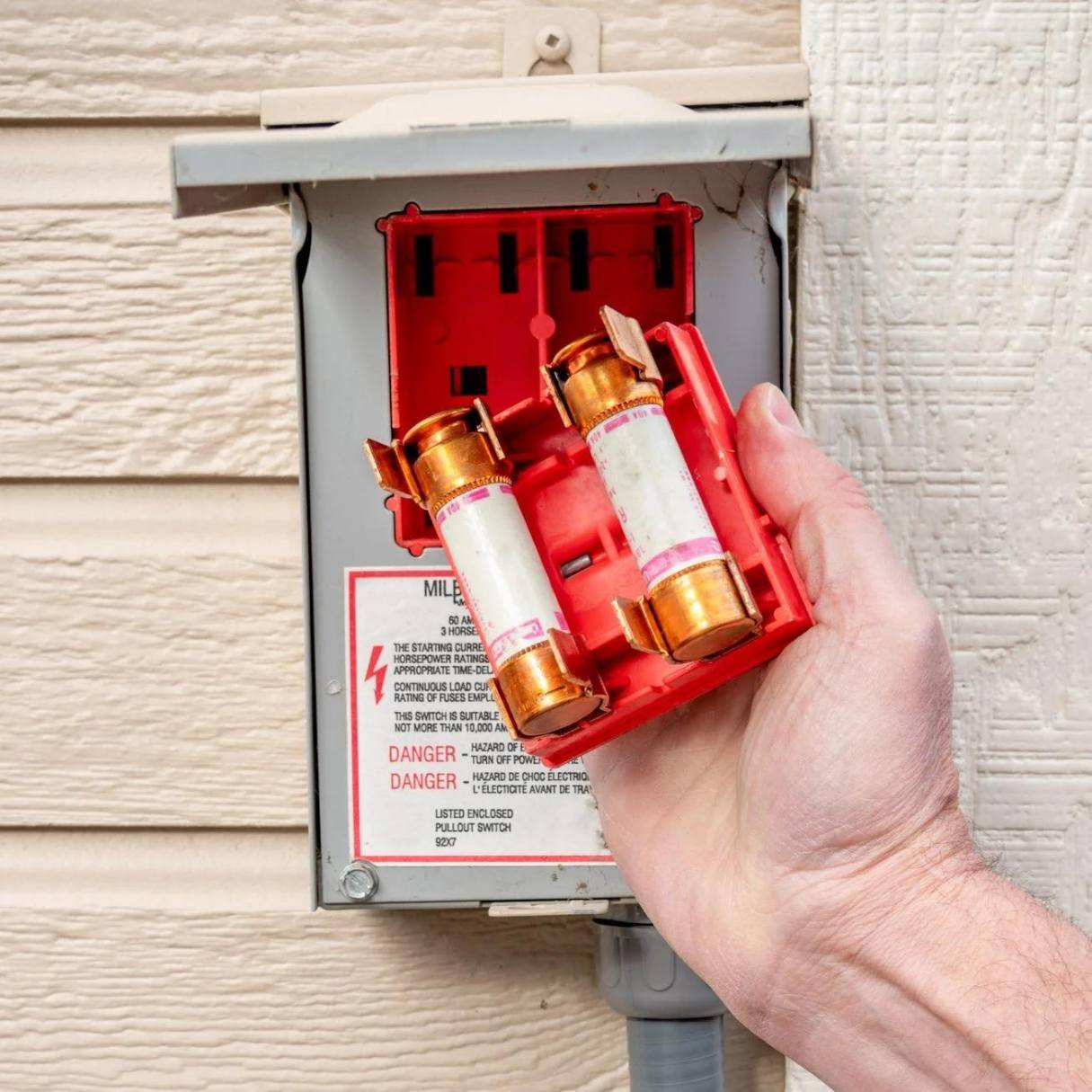
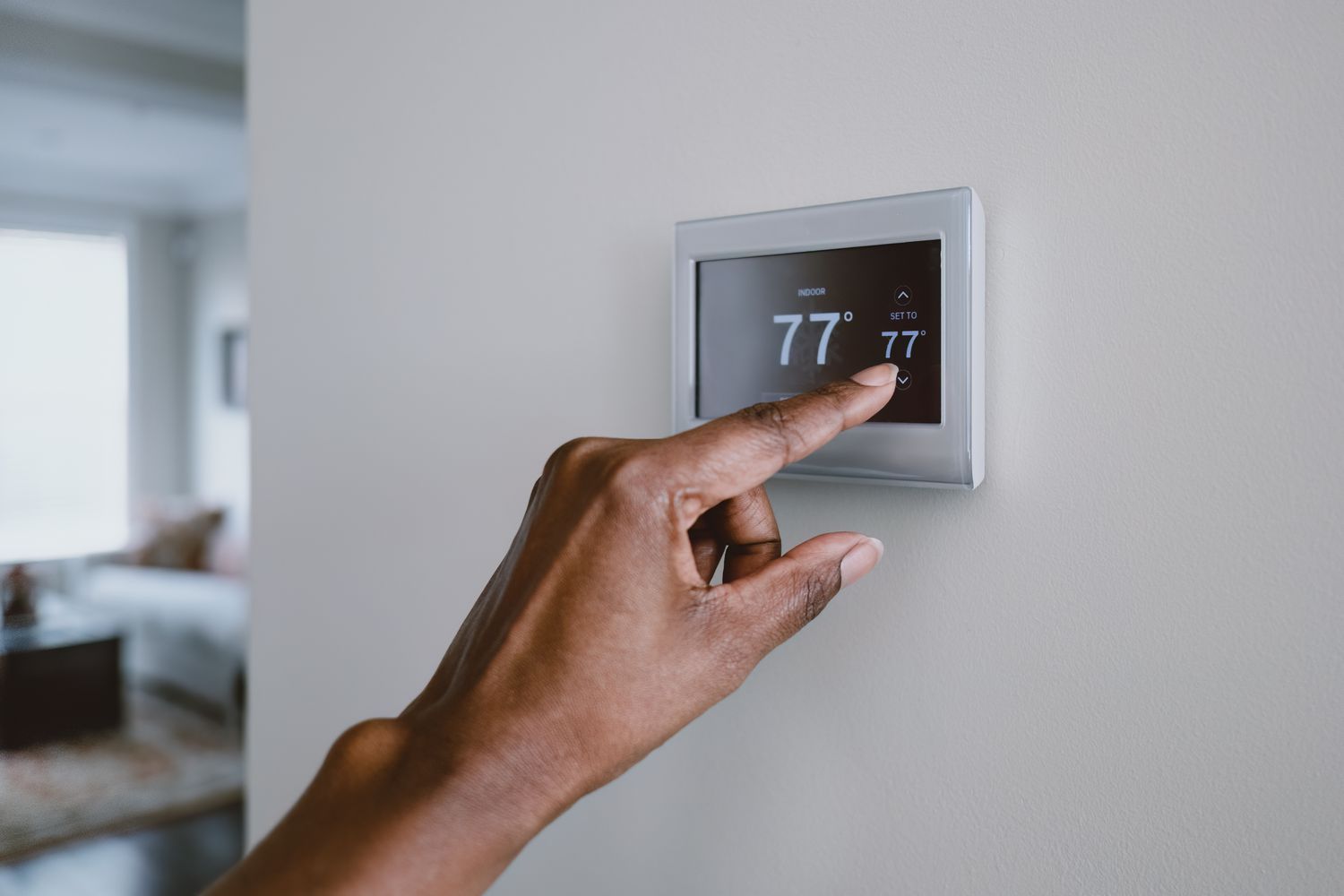
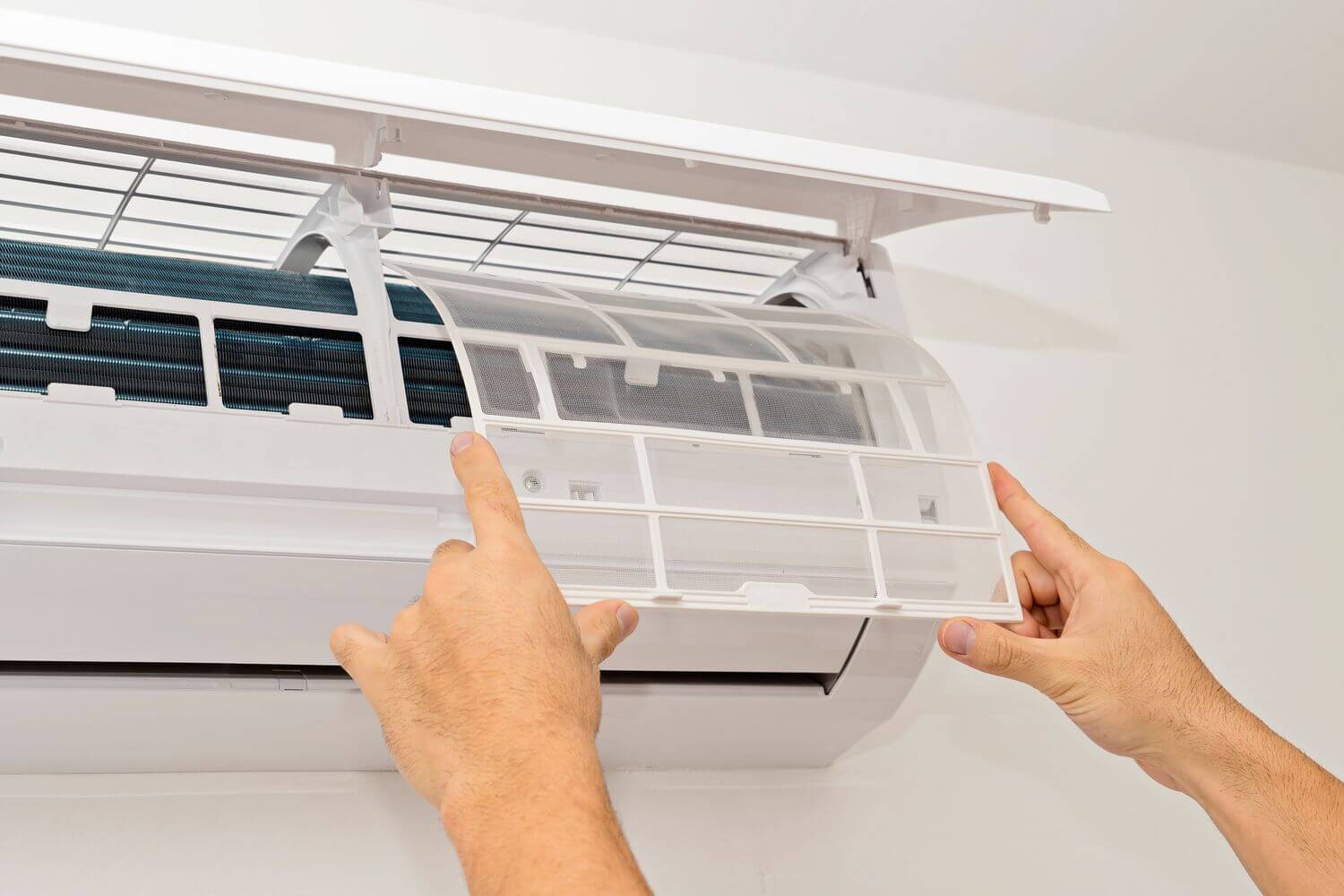
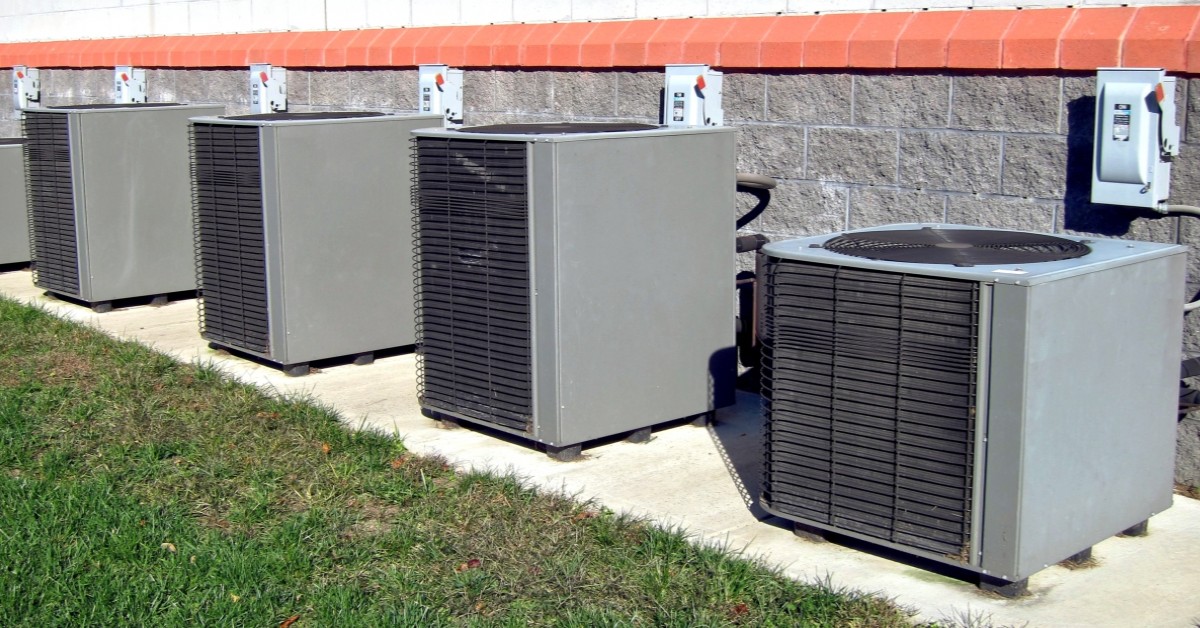


0 thoughts on “Where Is The Evaporator Fan Motor Located In A Refrigerator”